
Bogong Moth
Agrotis infusa
Philoria frosti
Baw Baw Frogs have suffered a dramatic decline in number and distribution over recent generations. Populations remain in protected areas of the Baw Baw Plateau, but these are fragmented and the habitat is used by humans for skiing and forestry. Increasing temperatures caused by climate change will also disrupt the fragile habitat and therefore this frog’s life cycle. The arrival of a deadly disease caused by the chytrid fungus has also affected this species.
Baw Baw Frog
Baw Baw Frogs are found only on the Baw Baw Plateau in eastern Victoria. They inhabit alpine heath, grassland, and moist eucalypt forests.
Baw Baw Frogs are unusual among amphibians for their ability to live in an extremely cold, high-altitude habitat. The adults are dark brown with lighter patches around the head. Their skin has many bumps and ridges, including a large paratoid gland that runs from eye to shoulder.
These frogs are probably inactive during the coldest months when the plateau is covered in snow. Baw Baw Frogs breed between September and December. Males attract females by calling from concealed, moist areas on the ground. The harsh, rasping call sounds like ‘aaaaark kruk kruk kruk’ and is most often heard when the weather is warm and humid.
During mating, females lay 50–180 eggs in a sphagnum moss nest, using their feet to beat the eggs into a foamy mass. Males fertilise the eggs externally. After five to eight weeks, the eggs hatch and the tadpoles wriggle free into small pools of water. The pale, unpigmented tadpoles do not feed and are sustained by a large internal yolk mass. The tadpoles grow limbs and lose their tail as they develop, leaving the water once metamorphosis is complete.
Baw Baw Frogs are critically endangered. Fewer than 250 are left in a tiny area of about ten square kilometres. With continuing habitat loss and disease, this species is in serious danger of becoming extinct.

Agrotis infusa
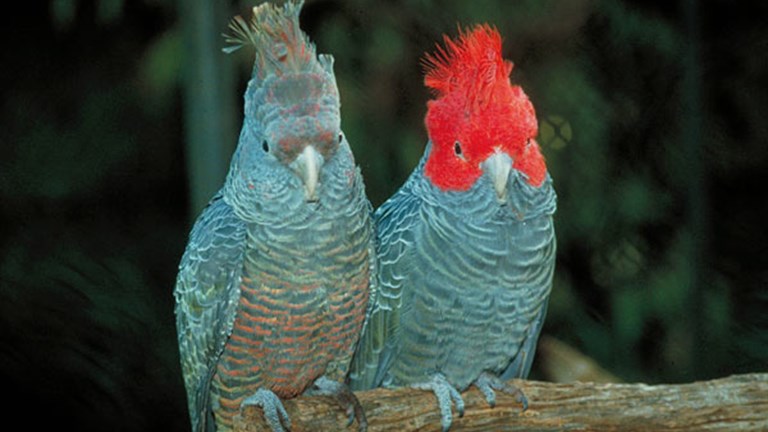
Callocephalon fimbriatum
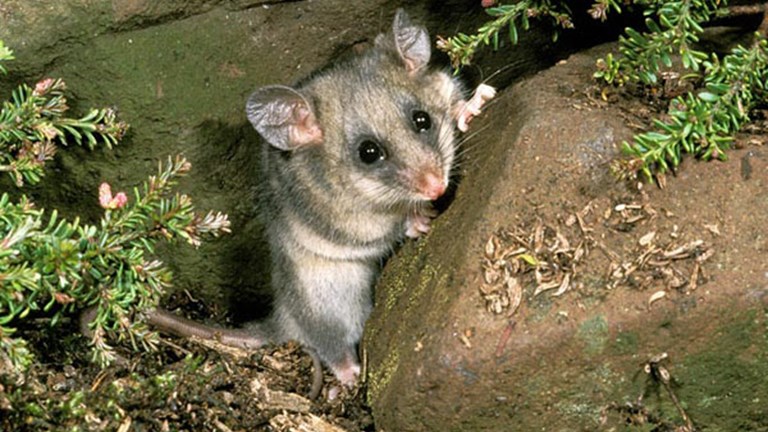
Burramys parvus
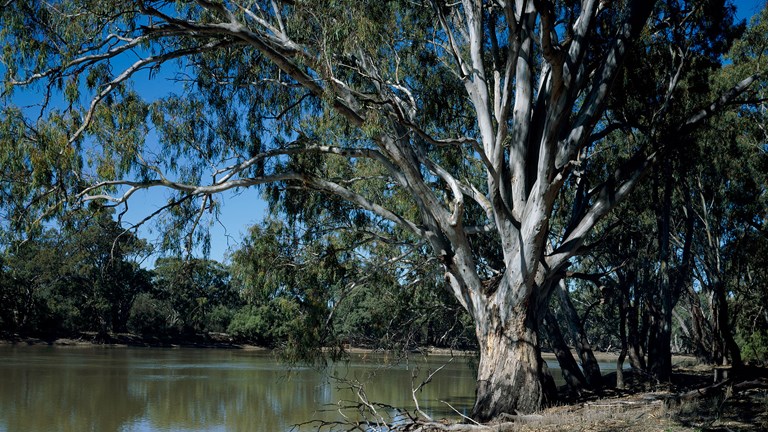
There are many types of dry forests in Victoria including stringybark, red gum, grassy woodlands and the remnants of the once great box–ironbark forests.
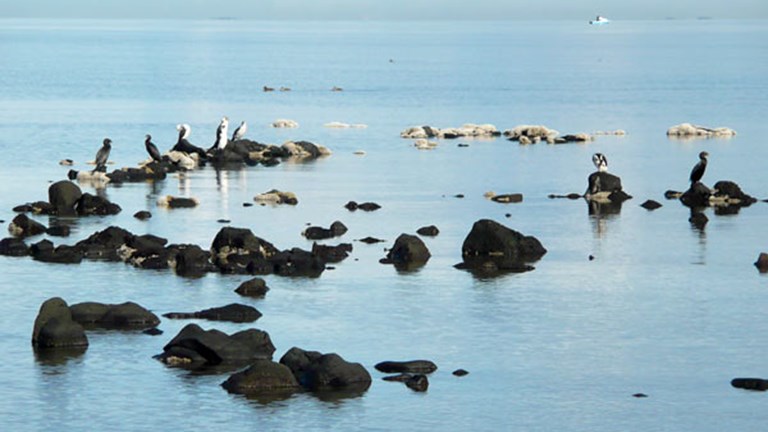
Victoria’s coastal wetlands are significant places for wildlife, with many listed in international conventions to protect the habitat of migratory birds.
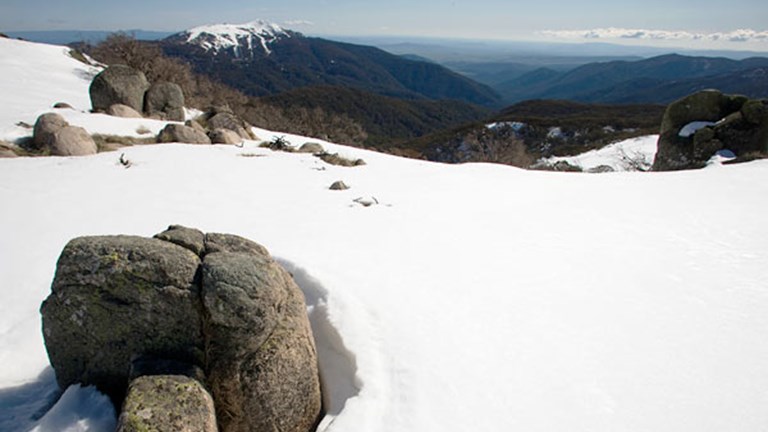
The Victorian Alps extend from the plateaus of Lake Mountain and Mt Baw Baw to peaks such as Mt Feathertop and the headwaters of the Murray River.
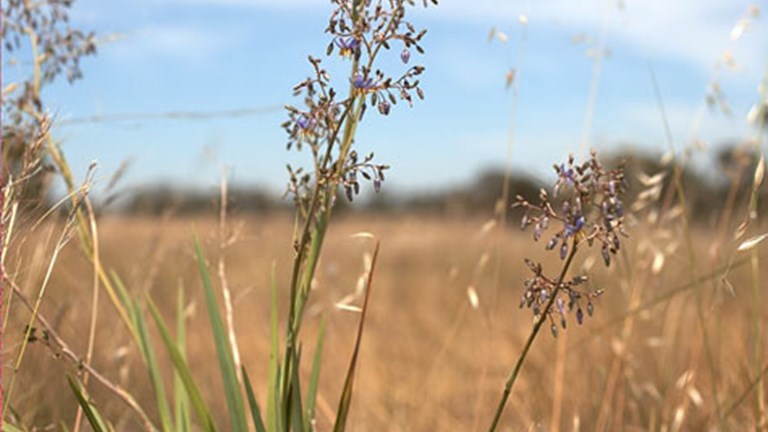
When the first Europeans arrived in Victoria there were grasslands on the vast, undulating western plains, on the northern plains and in Gippsland.
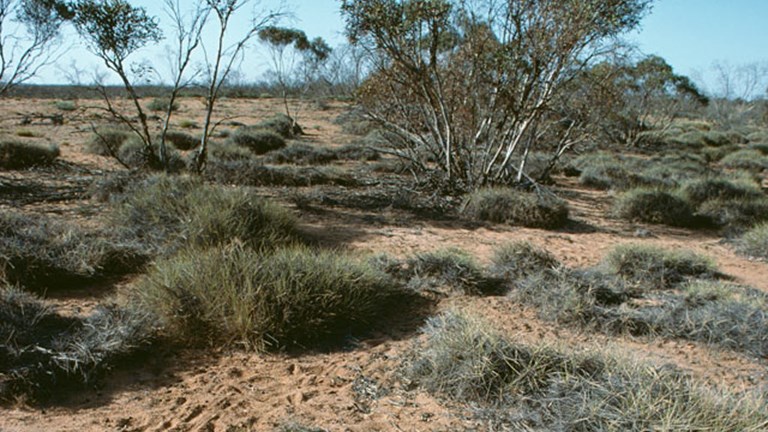
The Victorian Mallee in the north-western corner of the state has a mosaic of vegetation types adapted to low rainfall and sandy soils.
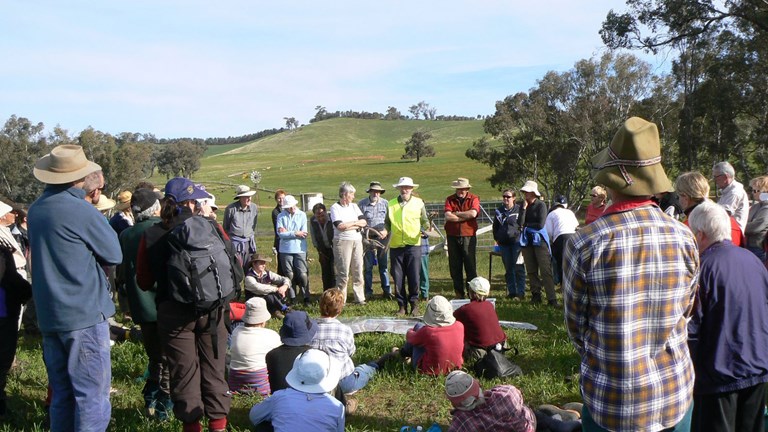
Find out about the issues affecting our special places and the plants and animals that live in them, and discover some ways you can help.
We are making improvements to our website and would love to hear from you about your experience. Our survey takes around 10 minutes and you can enter the draw to win a $100 gift voucher at our online store!
Museums Victoria acknowledges the Wurundjeri Woi Wurrung and Boon Wurrung Bunurong peoples of the eastern Kulin Nations where we work, and First Peoples across Victoria and Australia.
First Peoples are advised that this site may contain voices, images, and names of people now passed and content of cultural significance.